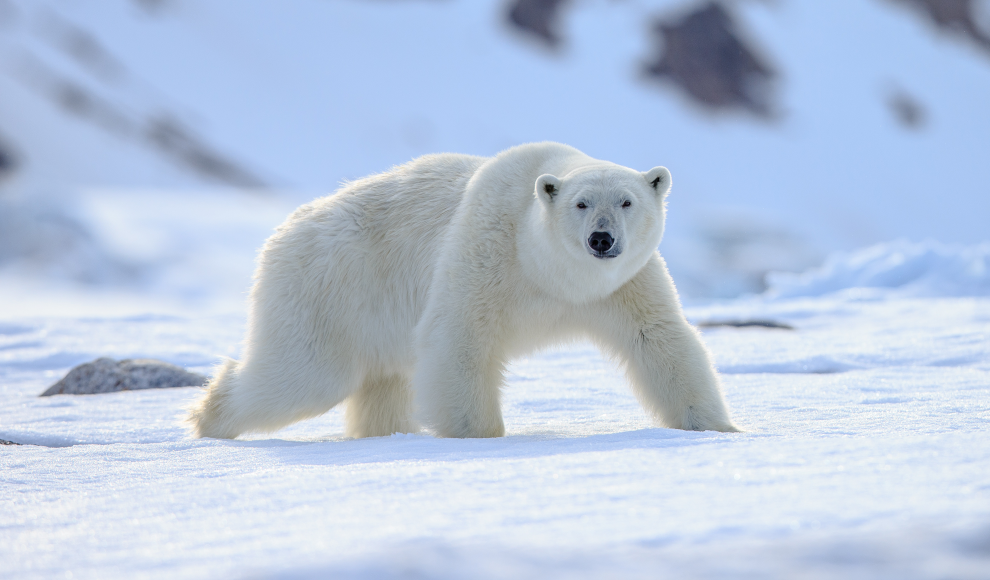Scientists have discovered how polar bears actively use sunlight to maintain their body temperature, leading to the development of a synthetic material that is lighter than cotton and keeps the wearer warmer. Polar bears inhabit some of the harshest regions on Earth and can withstand temperatures as low as -45 degrees Celsius in the Arctic. While it has long been known that their anatomy has numerous adaptations that enable them to survive in these extreme conditions, it was not clear how they maintained their body temperature. Recent research has shown that polar bears actively use sunlight to regulate their temperature, and this has led to the development of a synthetic material that mimics the properties of polar bear fur.
The white fur of polar bears is a natural glass fiber that directs sunlight to the bear’s skin, which absorbs the light and warms the bear. However, the fur is also exceptionally good at preventing the now-warmed skin from radiating all the hard-earned heat back out. The engineers at the University of Massachusetts Amherst have developed a two-layered fabric based on this discovery. The upper layer of threads directs visible light to the lower layer, which is made of nylon and coated with a dark material called PEDOT. PEDOT warms up as efficiently as the skin of polar bears, and a jacket made from this synthetic material is 30% lighter than a cotton jacket of the same size and keeps the wearer warm at temperatures 10 degrees Celsius colder than what the cotton jacket can withstand.
The scientists have founded a start-up called Soliyarn, LLC, which plans to develop and sell commercial products based on the new material. The products could help reduce heating costs, as the light- and heat-trapping structure is efficient enough to imagine using existing indoor lighting to warm the body directly. This approach could be much more sustainable than the current reliance on fossil fuels for heating. The new material could also have applications in the outdoor clothing industry, where lightweight and warm fabrics are highly sought after.
In conclusion, the discovery of how polar bears use sunlight to regulate their body temperature has led to the development of a synthetic material that mimics the properties of polar bear fur. The new material is lighter than cotton and keeps the wearer warmer at lower temperatures. The start-up Soliyarn, LLC plans to develop and sell commercial products based on the new material, which could have applications in the outdoor clothing industry and help reduce heating costs.










